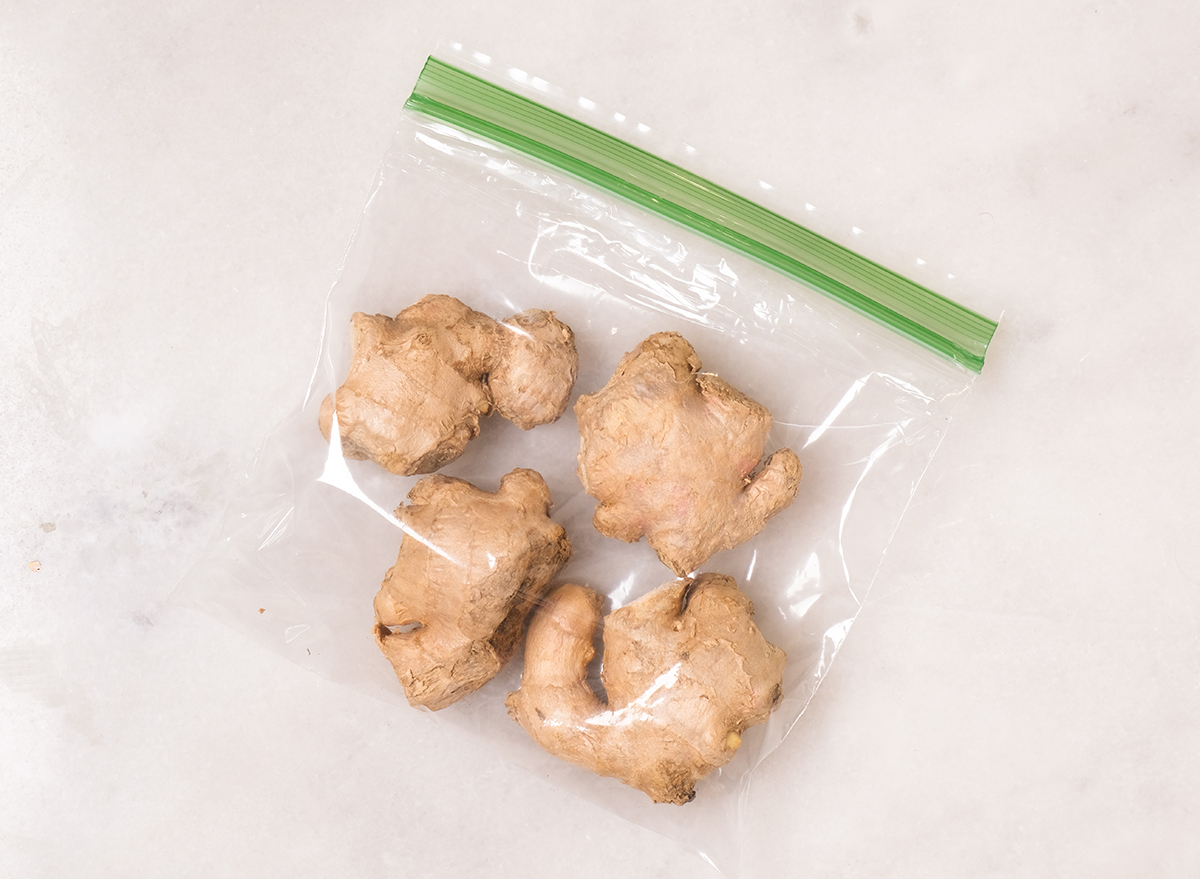Effective Ways to Make Chili Less Spicy in 2025
Chili is a beloved dish known for its hearty flavors and comfort food qualities. However, for those sensitive to heat or cooking for young children, the spice level can often be a concern. Fortunately, there are numerous techniques that you can utilize to make your chili flavorful without overwhelming heat. In this article, we will explore effective strategies to reduce chili spiciness, create mild yet delicious recipes, and ensure that chili night is enjoyable for everyone. If you're eager to learn how to make chili less spicy while still appealing to the taste buds, you've come to the right place!
We'll cover various methods such as adjusting ingredients, incorporating dairy, using sweeteners, and more. The goal is to help you create a comforting and inviting chili dish that can be enjoyed by the whole family, regardless of their spice tolerance. Join us as we dive into the world of mild chili preparation!
Understanding How to Reduce Chili Spiciness
Building on the fundamentals of chili preparation, the first step in making it less spicy is to understand the components that contribute to heat. The primary culprits are often chili peppers, spices, and even some cooking techniques. Knowing how to balance these elements will aid in creating a chili that maintains its vibrant flavor while decreasing the spice.
Identifying and Modifying Heat Sources
Recognizing which ingredients add heat is essential for adjusting spice levels. Common spicy elements in chili include jalapeños, habaneros, and certain spices like cayenne pepper and chili powder. A simple way to reduce spiciness is to use milder chili pepper alternatives, such as bell peppers or Anaheim peppers. These can provide a hint of flavor without the heat.
Additionally, consider the balance of spices used in your chili. Using milder spices instead of intense ones can also make a significant difference. Lay out all your spices before cooking, and choose options that enhance flavor without overwhelming the palate.
Sweetening Chili to Balance Flavors
Another effective way to reduce heat is to introduce sweetness into your chili. Natural sweet ingredients, such as tomatoes, sweet corn, or the addition of sugar, can help counteract the spice. Incorporating sweet vegetables can provide both a flavor boost and a less spicy profile. For instance, using diced carrots or sweet bell peppers can enhance the chili without the punch of heat.
Experimenting with sugar in cooking can also have a profound effect. A teaspoon or two may be all you need to soften the heat of aggressive spices, creating a more balanced dish. Remember to taste while cooking, adjusting sweetness gradually to find the perfect balance.
Incorporating Dairy and Creamy Elements
With these basics established, let’s discuss another popular method to cool down spicy dishes: the addition of dairy. Incorporating creamy elements can not only reduce heat but also create a rich, inviting flavor in your chili.
Using Dairy to Counteract Heat
Additions such as sour cream, yogurt, or cream can work wonders in mellowing out spice levels. These ingredients act as a buffer against heat, providing a cooling effect on the palate. A dollop of sour cream served on top of your chili can soothe the spiciness while adding a delightful creaminess.
Additionally, you can stir some cream cheese or coconut milk into your chili for a comforting texture that balances flavors beautifully. Integrating dairy also allows you to create a richer and smoother chili, perfect for those looking for a comforting experience.
Making Chili Kid-Friendly
Creating family-friendly meals is a priority for many home cooks. When making chili for kids, think about reducing the spice for a more enjoyable meal. Focus on introducing flavors that children will find appealing; this often means avoiding spicy ingredients altogether and instead utilizing mildly flavored options.
Using ground turkey or lean beef can contribute to a mild chili that is not only healthy but also comforting. You can also experiment with beans, vegetables, and different seasonings to enhance flavors without relying on spice. For many families, a flavorful yet mild chili recipe becomes a weekly staple, allowing everyone to come together and enjoy a meal that caters to all tastes.
Enhancing Chili Flavor without the Heat
Taking this concept further, we can explore more techniques to enhance the overall flavor of chili without increasing spice levels. Balancing ingredients carefully can lead to a more complex and enjoyable dish, despite the absence of heat.
Layering Flavors Without Spiciness
Consider using layering as a technique to build flavor complexity. This could involve incorporating fresh herbs, garlic, and onion into the foundation of your chili. These ingredients contribute to savory depth without adding heat. You can also cook them slowly to release their inherent flavors.
Experimenting with citrus flavors, such as adding a touch of lime or lemon juice, can brighten your chili without exacerbating spice levels. Just a dash can transform a dish, making it lively and fresh.
Using Vegetables for Flavor and Texture
Integrating various vegetables can not only enhance the nutritional value of your chili but can also contribute to its flavor profile. Think of root vegetables like sweet potatoes, zucchini, or any other vegetable that adds texture while keeping the spice at bay. Each vegetable brings unique flavors and sweetness that naturally complement the spices without increasing the heat.
Furthermore, making a veggie-only or vegetarian mild chili can be a fantastic way to engage with dietary preferences while keeping the dish comforting and enticing.
Presentation and Cooking Techniques
Finally, the way chili is presented and cooked can also affect its appeal and perceived spiciness. Let’s explore cooking tips and how to promote balance in your chili dish.
Balancing Acidity and Sweetness
It’s important to be mindful of acidity in your chili. Acidic ingredients, such as tomatoes or lime juice, can enhance flavor but may also intensify perceived heat. Balancing these elements is crucial. Using sweet and mild chili recipes, you can effectively counteract this. Taste testing during cooking is essential—adjust as you go!
Adding vegetables like carrots or corn can help create a smoother balance in flavors while enhancing the overall heartiness of the dish. You could also serve chili with a side of gentle-acidity salads to help contrast the flavors while keeping the spice low.
Commonly Asked Questions About Making Chili Less Spicy
How can I tell if my chili is too spicy?
Tasting your chili during the cooking process is crucial. If you notice an overwhelming heat level, incorporate dairy or sugar to tone it down.
What vegetables can I add to reduce spice?
Adding sweet vegetables like corn, carrots, and bell peppers can naturally reduce spice levels while offering more flavor.
Can I make a flavorful chili without any heat at all?
Absolutely! By focusing on milder spices, layering flavors with herbs and veggies, and using sweeteners, you can create a delicious, heat-free chili.
What are some good meat choices for a non-spicy chili?
Turkey or lean beef is great for mild chili. You can also use meat alternatives like lentils or beans to maintain heartiness without spice.
How can I make chili enjoyable for everyone at my gathering?
Consider creating a chili bar! Prepare a mild base and offer toppings, like spicy sauces, hot peppers, and fresh herbs, allowing guests to customize their spice levels.


